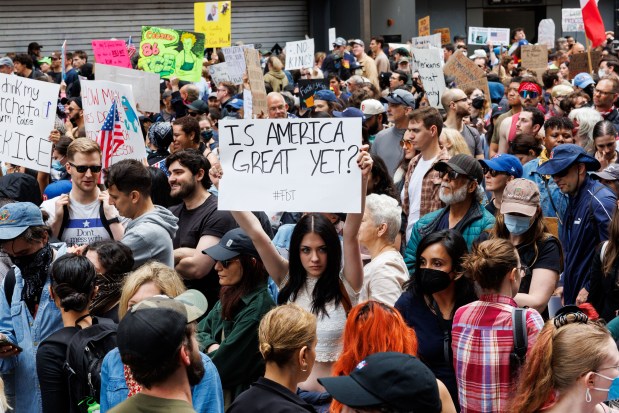“The right sort of sports fan,” is how McGeorge Bundy greeted the news in 1973 that Gerald Ford had been selected as vice president by Richard Nixon. Ford succeeded Spiro Agnew, who had been forced to resign because of corruption.
Appointing Ford could not save Nixon from the accelerating Watergate scandal. He did help the country recover following the disgraced president’s resignation 40 years ago.
Bundy, the bluest of Boston blue bloods, had been national security adviser to Presidents John Kennedy and Lyndon Johnson. He was on the very long “enemies list” maintained by the Nixon White House, and personified the Eastern Establishment which used to run foreign policy and seemed to generate special resentment in Nixon.
Former football star Ford personified a classic American good guy. Perhaps that was one reason Nixon picked him. The president, by that time drowning in the Watergate scandals, seemed to sense what the country would need after his tumultuous White House tenure.
Nixon, who died three decades ago, personified how seeking national political office can become distorting torture. In the 1960 presidential campaign, most field reporters clearly favored Democrat Kennedy over Nixon. Unfair jibes included observing the athletic Kennedy was sports-minded, in contrast to narrow-gauge Nixon.
In reaction, Relentless Richard became an expert on big-time sports – especially football. After each Super Bowl, President Nixon telephoned the winning team. President Ronald Reagan would call both teams. When massive anti-Vietnam War protests came to Washington, the White House announced that the president was unconcerned and planned to watch a football game. Sports became one more political tool, twisted in the process.
Nixon’s road was never easy. His self-defeating ways were combined with remarkable effectiveness. Though newly elected to the U.S. Senate, he became Dwight Eisenhower’s 1952 running mate, positioning himself as a bridge between the isolationist and internationalist wings of the Republican Party.
The youthful new 39-year-old vice president began to work relentlessly to build grassroots support and a reputation for expertise. In 1960, Eastern upper-class backers of Ike bet on Nelson Rockefeller as the Republican presidential nominee.
Nixon took the expensive suits to the cleaners.
John Nance Garner as vice president suffered frustration under FDR, and declared the office was not worth a pitcher of warm spit. Nixon redefined and elevated the importance of the job. While relentlessly running, he was also significantly strengthening the American government, especially given that vice presidents tend to become presidents.
Richard Nixon also deserves credit for accepting the challenge in 1960 to debate JFK, who privately credited those debates as crucial to his election. Video of the four encounters shows both Kennedy and Nixon as informed, disciplined and impressive. Presidential candidate debates are now a campaign requirement, thanks to President Ford’s generous willingness in 1976 to build on the 1960 precedent.
President Nixon achieved policy success of enormous, lasting significance. The SALT I treaties with the Soviet Union stabilized the arms race. The opening to China mitigated the strategic costs of the U.S. defeat in Vietnam. Fixed currency exchange rates were ended, reflecting new realities. The Environmental Protection Agency was created.
Nixon in retirement met regularly with aspiring young Republicans. When asked about controversy, he invariably replied that controversy could be helpful. You should be concerned instead about being boring. Once voters lose interest, you’re finished.
Richard Nixon’s legacy is substantial. His achievements were historic, and he surmounted great obstacles to political victory, only to destroy himself.
Arthur I. Cyr is the author of “After the Cold War – American Foreign Policy, Europe and Asia” (NYU Press and Palgrave/Macmillan).
Contact acyr@carthage.edu



